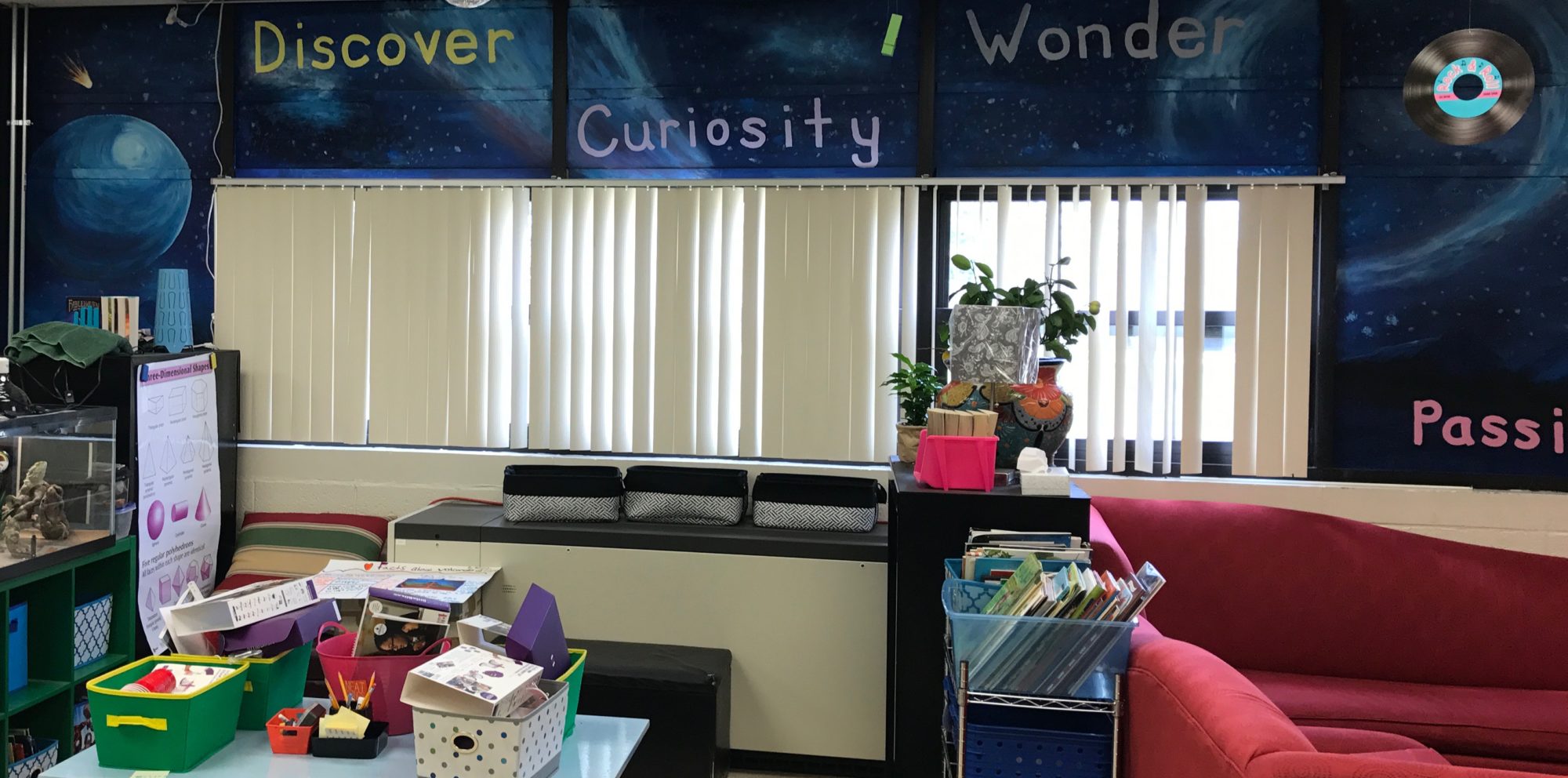
It has been a LONG time since I have posted anything new and here are the reasons why:
1. What do you do when all your children are grown up and leave the house? Sell your house and take a leap of faith as you embark on your own new adventure! My husband and I decided to do just that. We sold our home in Wisconsin and moved to a small mountain town in Colorado. My husband decided to move from the classroom to administration and so we applied to a school in Colorado where we are surrounded by beautiful mountains and the best nature has. This brings me to number 2 reason!
2. Teach in a multi-age group in a grade level you have not taught before and create an Innovation Lab, bring flexible seating and personalized learning to a school that has not embarked on this ventures before at the elementary level. Wow! What a year of firsts. I was so busy writing grants, creating learning documents and trying out a variety of strategies, curriculums, and classroom management systems that I really lost track of time and never made it to my blog. What did I learn? I learned that you can bring what you have been doing and apply it to a new situation but that this requires you to make adaptations along the way. The students at my new school had never heard of Design Thinking, Project Based Learning, Makerspaces, or any of the items that would be part of that. Luckily we were 1:1 with iPads and it was a matter of starting with the basics. They learned fast and amazed me with their passion and what they made happen. From saving a cat named Baby from a tragic end, creating a morning concession stand to bring nutritious breakfast to all, 3D printing face mask straps for hospitals and other essential workers, to writing a book and having it on Amazon for sale we, did it all! Which brings me to number 3!
3. COVID-19 home learning! Even though I thought I knew a lot about technology and how to infuse it into classroom instruction I was not prepared for the sudden at home learning we were forced to do. The most challenging part of this was keeping my class feeling like we were connected. It was a learning experience for me that has made me a better teacher all around!
What are my goals now for the upcoming year? Since we are so uncertain of what the school year will look like as we progress through these uncertain times of the pandemic I want to make sure that my students are prepared for whatever may come. The plan right now is to start the school year with face to face instruction but we all know that may change. I will hit the year by building a strong community of connected learners and teach them how to use technology to stay that way. That has to be my first priority. Making connections and building relationships while teaching students how to maintain those relationships even if we can’t be at school together. My future posts will be about how to do that, what platforms I will use, and reflections on how that is going.




 As we roll into the first report card session of the year I am finding that some things we have been doing as a Personalized Learning team have made this time easier and some things I had to really think hard about. Here is the low down:
As we roll into the first report card session of the year I am finding that some things we have been doing as a Personalized Learning team have made this time easier and some things I had to really think hard about. Here is the low down:










